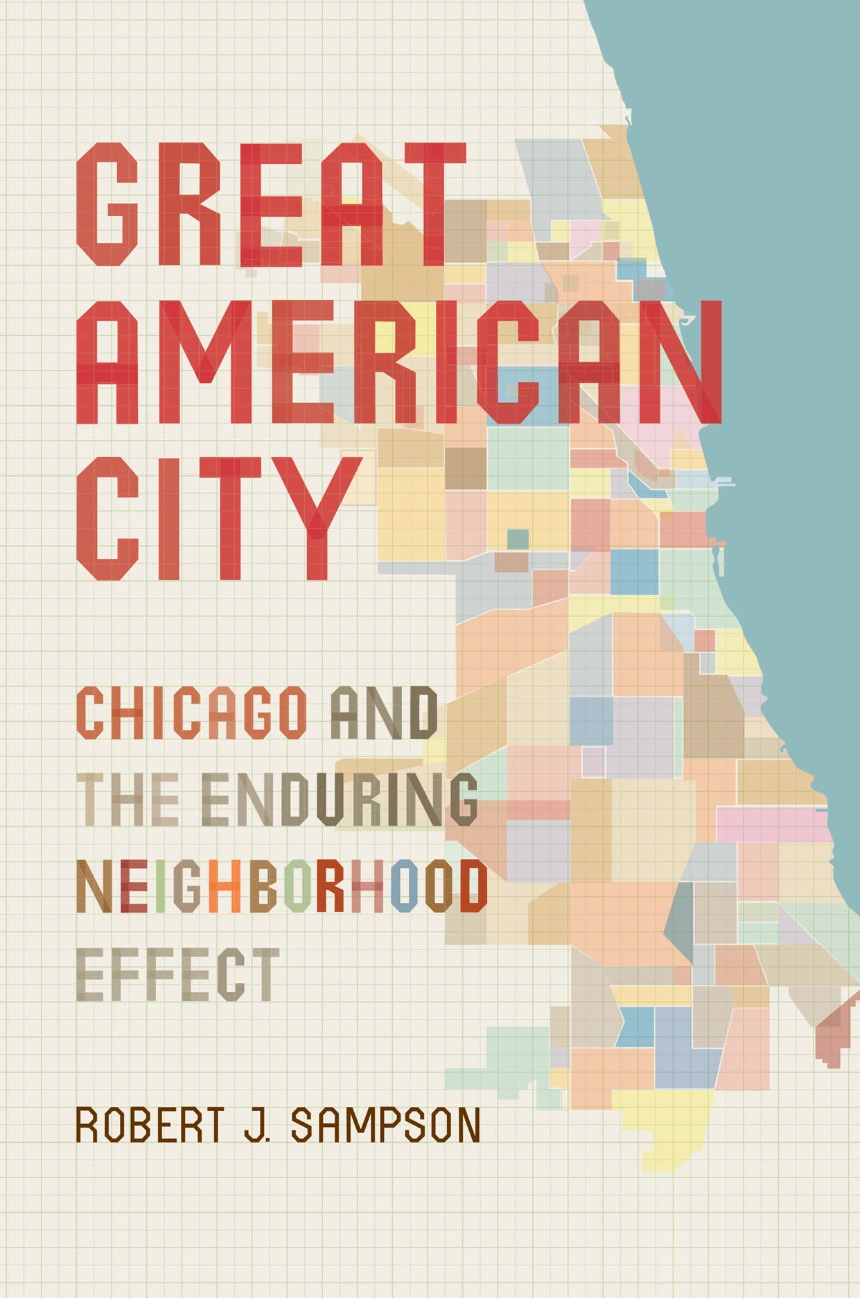Great American City
Chicago and the Enduring Neighborhood Effect
552 pages | 6 halftones, 46 line drawings, 14 maps, 1 table | 6 x 9 | © 2012
Political Science: Urban Politics
Sociology: Urban and Rural Sociology
Reviews
Table of Contents
Foreword
Acknowledgments
PART I SETTING AND THESIS
1. Placed
2. Neighborhood Effects: The Evolution of an Idea
PART II PRINCIPLES AND METHOD
3. Analytic Approach
4. The Making of the Chicago Project
PART III COMMUNITY-LEVEL PROCESSES
5. Legacies of Inequality
6. “Broken Windows” and the Meanings of Disorder
7. The Theory of Collective Efficacy
8. Civic Society and the Organizational Imperative
9. Social Altruism, Cynicism, and the “Good Community”
PART IV INTERLOCKING STRUCTURES
10. Spatial Logic; or, Why Neighbors of Neighborhoods Matter
11. Trading Places: Experiments and Neighborhood Effects in a Social World
12. Individual Selection as a Social Process
13. Network Mechanisms of Interneighborhood Migration
14. Leadership and the Higher-Order Structure of Elite Connections
PART V SYNTHESIS AND REVISIT
15. Neighborhood Effects and a Theory of Context
16. Aftermath—Chicago 2010
17. The Twenty-First-Century Gold Coast and Slum
Notes
References
Index
